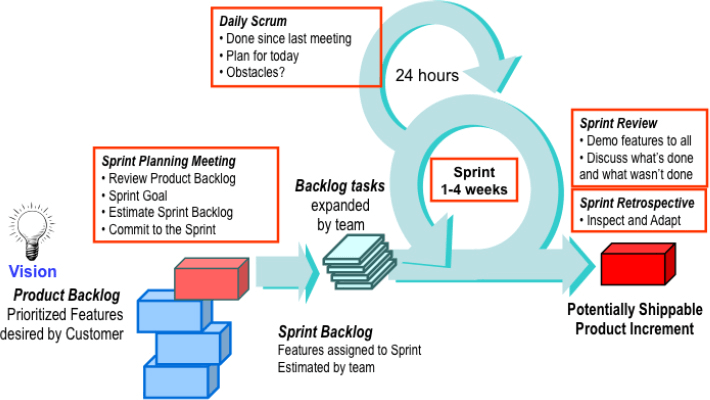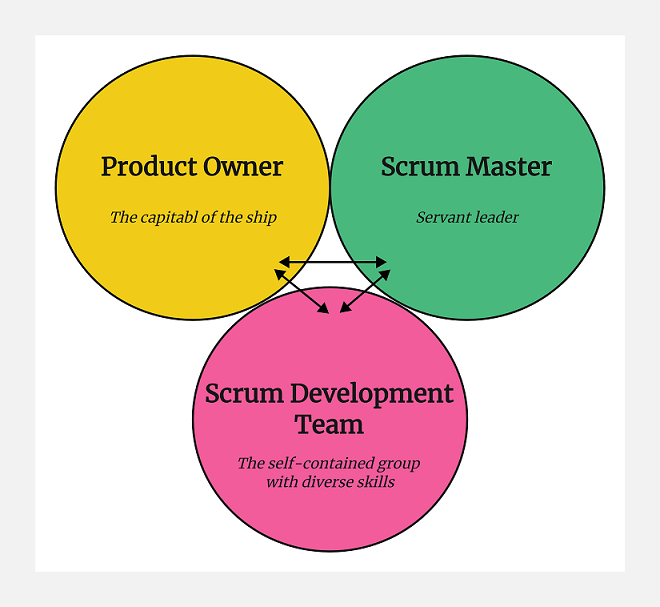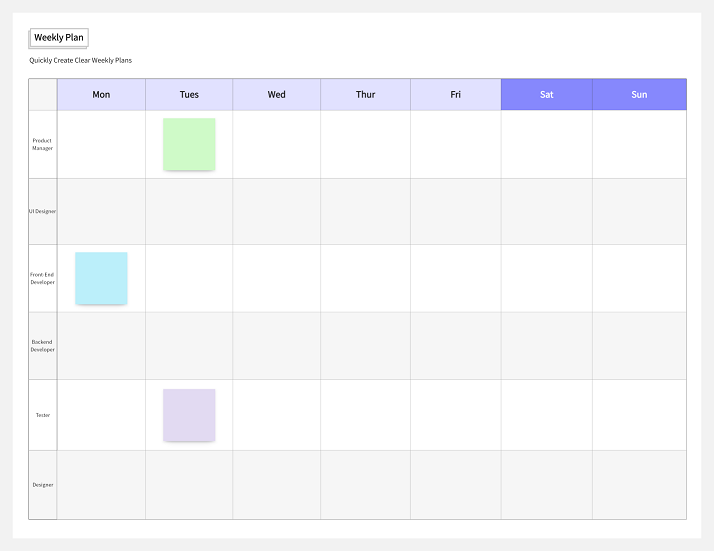Scrum is an iterative and incremental agile project management framework for managing knowledge work. It is a set of practices to manage complex projects that can be applied to any project, team, and organization. The Scrum methodology has gained popularity over the last few years and continues to gain traction in the software development world. Why is that so? What are the benefits of using this framework for your project? How does it work? Keep reading to know more about the scrum methodology in Project Management and its benefits.

Part 1. What is Scrum in Project Management?
The Scrum methodology is a framework for Project Management whereby all stakeholders come together at the beginning of a project to create a Product Backlog. This Product Backlog is then broken down into a series of Sprints followed by a series of Reviews. Each stage has its own specific set of goals and deliverables. The Scrum methodology is a very flexible way of managing projects and is therefore suitable for projects of any size and complexity. The Scrum methodology aims to help organizations become more agile, which will enable them to become more competitive in a high-speed, volatile and uncertain business environment. It is recommended that organizations try out the Scrum method to see if it is suitable for their organization.
Part 2. The Roles in Scrum Project Management
A Scrum team has three core roles - the Scrum Master, the Product Owner, and the Development team. Each of these will have a specific set of functions and responsibilities. The Scrum Master acts as a guide for the rest of the team. The Scrum Master’s job is to help the team follow the Scrum process and to remove any barriers that could prevent the team from moving forward. The Scrum Master is not responsible for managing the team members, or providing any sort of direction or coaching to the team. The Product Owner is responsible for managing the Product Backlog. The Product Owner uses the information provided by the team to plan the next Sprints and decides which items make it into the Product Backlog to be developed next. The Development team is responsible for creating the software product according to the Product Backlog. These team members are responsible for creating estimates and managing the Sprint.

Part 3. Benefits of Using Scrum in Project Management
There are many benefits of using the Scrum methodology in project management. Let’s take a look at some of the most important ones.
A common understanding
The first important benefit of using Scrum in project management is that it enables all of the stakeholders to have a common understanding of the project and what it entails. This is particularly important for large and complex projects that involve multiple stakeholders and departments.
Project visibility
Another important benefit of using Scrum in Project Management is that it helps keep the project visible. With Scrum, the stakeholders are updated regularly on the progress of the project and the current status. This means that everyone involved in the project is kept informed of all the project’s changes, developments, and challenges. This way, everyone involved in the project knows where the project currently stands and what is next on the horizon.
Improved productivity
A third important benefit of using Scrum in project management is that it enables you to increase productivity. By following a Scrum methodology, you can make sure that you are addressing all of the project’s issues and maximizing the potential of your resources. If you use Scrum, you can also make sure that you are only working on the most critical issues and not taking on too much at once.
Reduced risk
A fourth important benefit of using Scrum in project management is that it reduces risk. By following a Scrum methodology, you can make sure that you are only tackling the most important issues and not taking on too much at once. You can also make sure that you are addressing all of the project’s issues and maximizing the potential of your resources. All of this will reduce the risk of failure and improve the chances of success.
Sustainable pace
A fifth important benefit of using Scrum in project management is that it keeps the project on a sustainable pace. This means that the project does not accelerate and end before the stakeholders are ready for it to end. Instead, it remains at a comfortable pace until the stakeholders are ready for it to be completed.
More flexible
Another benefit of using Scrum in project management is that it enables you to work in a more flexible manner. This means that you can easily respond to changes and challenges without having to go through a long process. You simply make adjustments to your plan and continue on with your work.
Better quality
A seventh important benefit of using Scrum in project management is that it produces better-quality outcomes. This is because Scrum enables you to identify and correct any issues early on and acknowledge any challenges the project might face. This way, you can expect the project to be of a higher quality when it is completed.
Part 4. Application of Scrum in Project Management
The main application of scrum project management is the Sprint Planning Meeting. Boardmixis a management tool. It helps you with brainstorming, online meeting, project management, product designing, strategy&consulting, and mapping&Diagramming.
#1 Sprint Planning Meeting
In a sprint planning meeting, all stakeholders in the scrum team meet to consider how to achieve the requests and to create a sprint backlog of tasks to meet the goals. They often use an online collaborative whiteboard (such as Boardmix) which integrates various tools to boost team efficiency and free team imagination.

#2 Tracking process of Scrum in project management
The tracking process of scrum in project management to identifying, testing, and resolving is relatively straightforward when you are working on a scrum project. BoardMIx is a management tool. It helps you with brainstorming, online meeting, project management, product designing, strategy consulting, and mapping Diagramming.
![]()
Conclusion
The Scrum methodology is a very flexible way of managing projects and can be applied to any project, team, and organization. Its benefits include improved productivity, reduced risk, a common understanding among stakeholders, better quality outcomes, and project visibility. The limitations of Scrum include a lack of clarity, problems working together, poor project management, and limited control.









